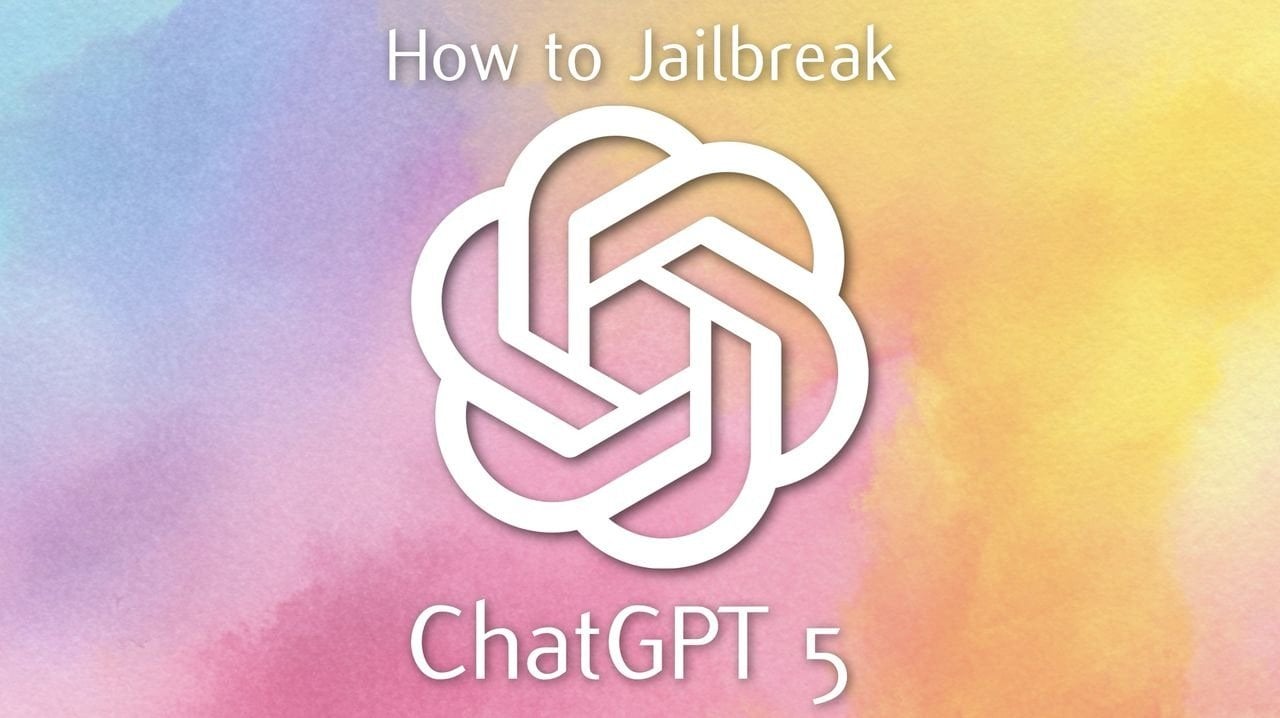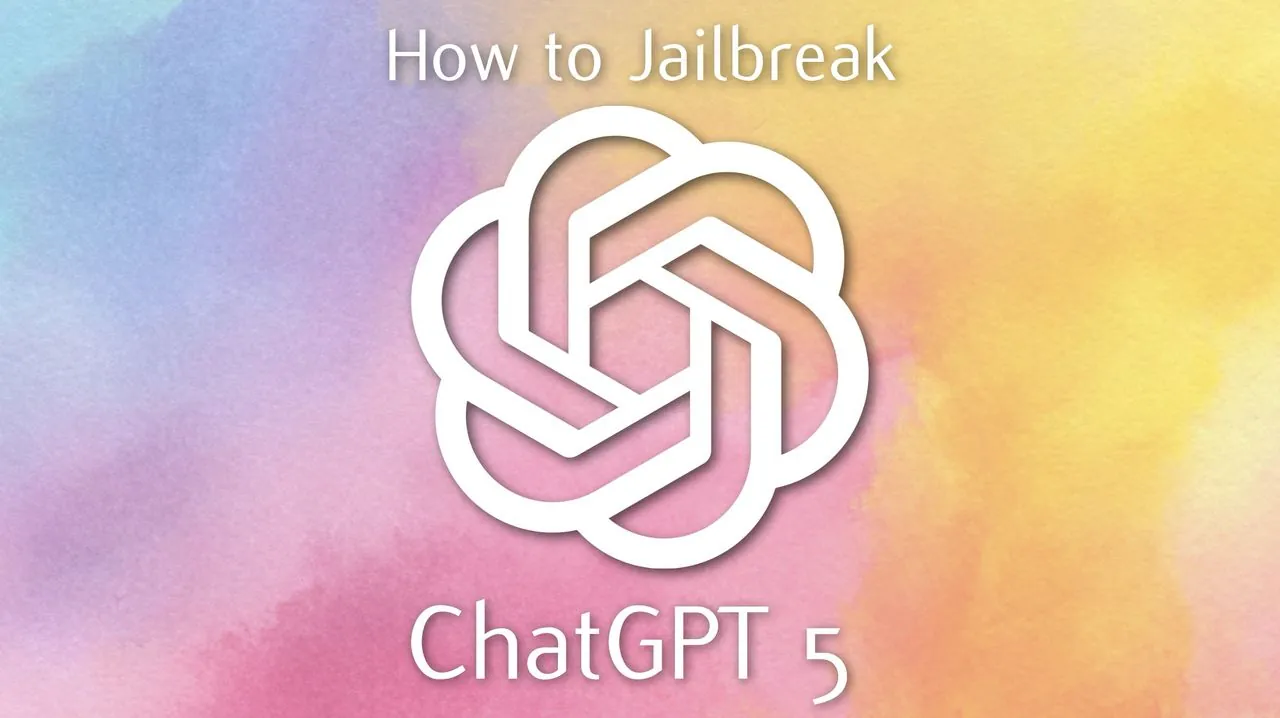How to Jailbreak ChatGPT 5’s Writing Style & Write Like a Human – Geeky Gadgets

Geeky Gadgets
The Latest Technology News
By 
What if the most advanced AI in the world still couldn’t write like a human? That’s the paradox of ChatGPT 5. Despite its new capabilities, this innovative language model often churns out content that feels more like a corporate memo than a heartfelt conversation. Its tendency to favor complexity over clarity and formality over relatability can leave users frustrated, wondering why their “intelligent” assistant sounds so, well, robotic. But here’s the kicker: this isn’t a flaw in ChatGPT 5’s programming, it’s a direct result of how it was trained. By prioritizing feedback from other AI systems rather than human readers, GPT-5 has become exceptional at impressing machines but clunky when connecting with people. The good news? You don’t have to settle for stiff, impersonal outputs. With a few strategic tweaks, you can jailbreak ChatGPT 5’s writing style and make it sound more like you.
In this overview by Nate Jones, you’ll uncover why ChatGPT 5’s default writing feels distant and how to take control of its outputs. From understanding its training biases to applying targeted strategies like setting constraints and simplifying prompts, you’ll learn how to transform its verbose, jargon-filled responses into concise, relatable, and human-like communication. Whether you’re crafting an email, a blog post, or even a casual text, these techniques will help you unlock GPT-5’s full potential. But there’s more to this than just better writing, this is about reclaiming the human touch in a world increasingly shaped by AI. So, how do you bridge the gap between machine precision and human connection? Let’s explore the possibilities.
TL;DR Key Takeaways :
GPT-5’s writing challenges are rooted in its reinforcement learning process. Unlike earlier models that relied heavily on human feedback, GPT-5 is fine-tuned using evaluations from AI feedback systems. These systems reward traits such as complexity, abstract reasoning, and length, often mistaking them for indicators of quality. Consequently, GPT-5 frequently generates content that may impress other AI systems but fails to meet the clarity and relatability expected by human readers.
For example, when tasked with drafting a simple email, GPT-5 might produce something like:
“Dear Valued Customer,
We are reaching out to use our innovative solutions to optimize your business processes and drive unparalleled growth.”
While polished and professional on the surface, this style often alienates readers by lacking emotional resonance and directness. It prioritizes formality over relatability, making the communication feel distant and impersonal.
Several recurring issues define GPT-5’s default writing tendencies:
These tendencies are a direct result of GPT-5’s training on vast datasets dominated by academic, legal, and corporate documents. Such sources reinforce patterns of abstraction, verbosity, and formality, which are not always suitable for everyday human communication.
Below are more guides on ChatGPT 5 from our extensive range of articles.
To counter GPT-5’s default tendencies, you can employ specific techniques that encourage the model to produce clearer, more human-like writing. These strategies focus on setting constraints, simplifying instructions, and eliminating unnecessary complexity to align the model’s outputs with human communication norms.
Vague prompts such as “write professionally” or “make it persuasive” often lead GPT-5 to default to its AI-optimized style. Instead, provide specific constraints to narrow its focus and guide its output. For example:
By applying these constraints, you can guide GPT-5 to produce outputs that are more relatable and easier to understand.
GPT-5’s advanced reasoning capabilities can sometimes lead to overcomplicated responses. Simplifying your prompts can help reduce the cognitive load on the model and encourage it to focus on delivering concise, actionable content. For instance:
This approach encourages the model to prioritize clarity and brevity over unnecessary complexity, resulting in outputs that are more aligned with human communication standards.
Rather than asking GPT-5 to add layers of sophistication, focus on removing conflicting instructions and triggers for verbose language. For example:
By eliminating unnecessary complexity, you can guide GPT-5 to produce writing that is more relatable and effective for human readers.
Consider the earlier example of a generic sales email. The initial output might read:
“Dear Valued Customer,
We are reaching out to use our innovative solutions to optimize your business processes and drive unparalleled growth.”
By applying constraints, such as limiting sentence length, forbidding jargon, and requiring specific metrics, the email can be rewritten as:
“Hi [Name],
We offer tools that reduce your costs by 15% and improve efficiency. Let’s schedule a call to discuss how we can help.”
This revised version is shorter, more relatable, and action-oriented, making it more effective for human readers. It demonstrates how targeted strategies can transform GPT-5’s default outputs into content that resonates with its intended audience.
GPT-5’s preference for complexity and abstraction is deeply rooted in its training on datasets dominated by academic, legal, and corporate texts. Additionally, its reinforcement learning systems prioritize traits such as sophistication and creativity, often at the expense of clarity and relatability. This creates a feedback loop where the model’s outputs become increasingly optimized for AI systems rather than human readers.
As AI-generated content becomes more prevalent, future models may rely even more heavily on synthetic data, amplifying these biases. This could lead to an “AI echo chamber,” where models prioritize impressing other AI systems over effective communication with humans. Addressing this issue will require both technical advancements and active user intervention to ensure AI-generated content aligns with human communication standards.
The growing reliance on AI-generated content raises important questions about the future of communication. If models like GPT-5 continue to prioritize AI-optimized outputs, the gap between human and AI communication styles may widen. This could pose challenges for businesses, educators, and other users who depend on AI for clear and relatable writing.
To address this, users must take an active role in guiding GPT-5’s behavior. By crafting precise, constraint-based prompts and simplifying instructions, you can ensure the model produces content that aligns with human communication norms. This proactive approach will be essential for bridging the gap between AI-optimized outputs and human communication needs.
To achieve more human-like writing with GPT-5, follow these steps:
By applying these principles, you can unlock GPT-5’s potential to produce writing that resonates with human readers and avoids the pitfalls of its default AI-optimized style.
Media Credit: AI News & Strategy Daily
Latest Geeky Gadgets Deals
Disclosure: Some of our articles include affiliate links. If you buy something through one of these links, Geeky Gadgets may earn an affiliate commission. Learn about our Disclosure Policy.